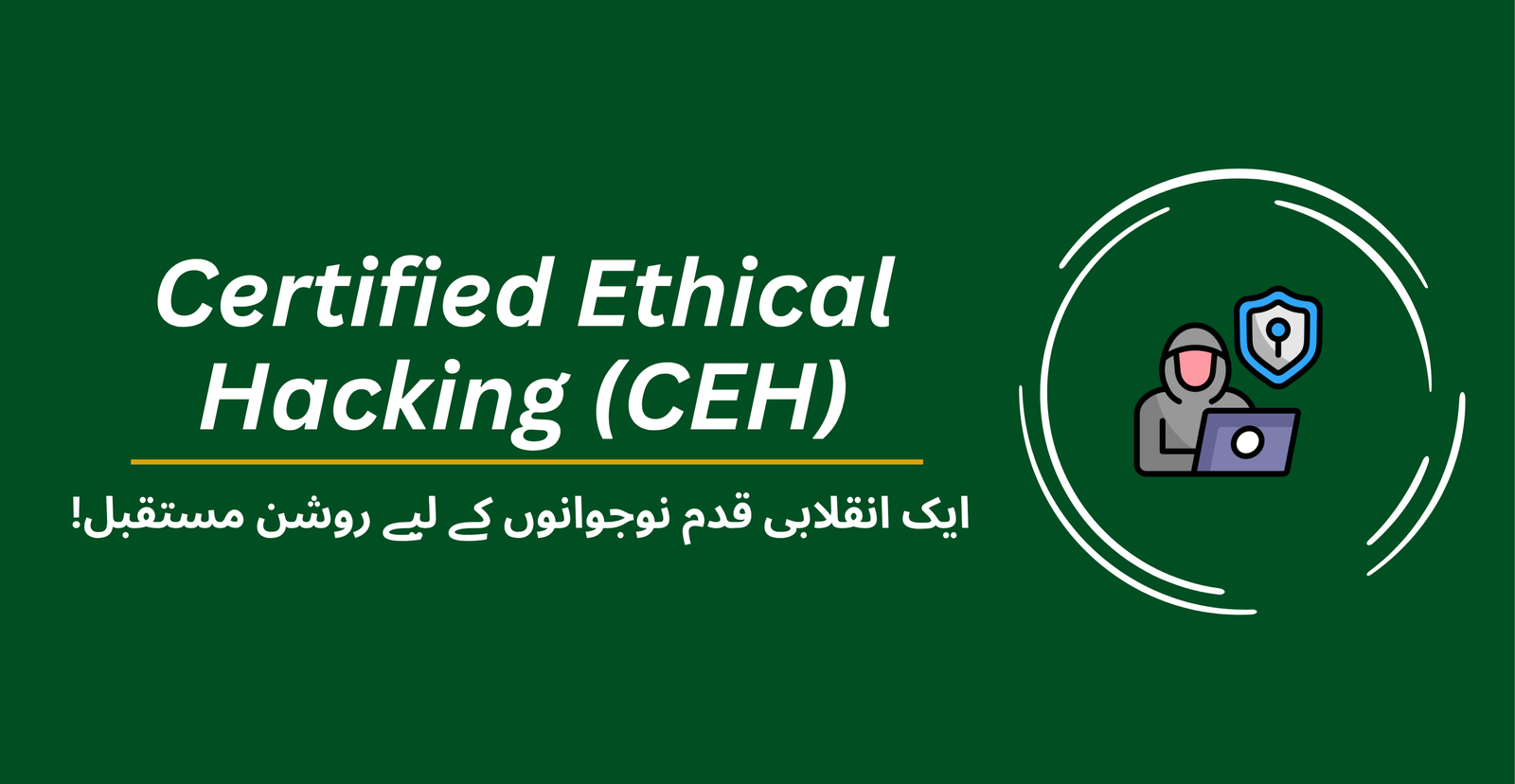Detailed Description
This comprehensive Ethical Hacking & Penetration Testing course prepares you for a career in cybersecurity by teaching both the theory and practical skills used by security professionals. You'll learn how attackers think so you can better defend systems — but always within legal and authorized scopes. The course includes lab-based exercises in a safe, virtual environment and covers modern tools and methodologies used for discovery, analysis, exploitation (for authorized tests), and reporting.
Topics include network reconnaissance and scanning, web application security, wireless security fundamentals, open-source intelligence (OSINT), post-exploitation concepts, and incident response considerations. Emphasis is placed on responsible disclosure, legal/ethical frameworks, and how to translate test results into actionable remediation steps for organizations. By the end, students will understand the full penetration-testing lifecycle and how to perform authorized assessments to improve security posture.
Certificate
Earn a verifiable certificate upon completion
Access
Lifetime access to course materials
What Will Students Learn? (Outcomes)
-
Understand the penetration testing lifecycle: planning, reconnaissance, scanning, exploitation (in authorized environments), post-exploitation, and reporting.
-
Perform safe and effective network discovery and scanning using tools such as Nmap and packet analysis with Wireshark (focus on interpretation and defense).
-
Identify common web application vulnerabilities (e.g., XSS, SQL injection) and how to test for them responsibly.
-
Learn wireless security fundamentals (802.11 modes, authentication, and common weaknesses) and best practices to protect Wi-Fi networks.
-
Apply OSINT techniques to map digital footprints and gather publicly-available information for authorized assessments.
-
Use frameworks and platforms (e.g., Kali Linux, Metasploit) in lab environments to understand tool capabilities and defensive mitigations.
-
Understand exploitation concepts at a high level and how to mitigate vulnerabilities — translating findings into clear remediation recommendations.
-
Learn about social engineering awareness, phishing risks, and safe testing approaches for human-factor security (always ethical and authorized).
-
Prepare for career paths in cybersecurity, bug bounty programs, and white-hat testing with professional reporting skills.
-
Follow legal, ethical, and organizational policies for security testing and disclosure.
What Will Students Learn? (Outcomes)
-
Understand the penetration testing lifecycle: planning, reconnaissance, scanning, exploitation (in authorized environments), post-exploitation, and reporting.
-
Perform safe and effective network discovery and scanning using tools such as Nmap and packet analysis with Wireshark (focus on interpretation and defense).
-
Identify common web application vulnerabilities (e.g., XSS, SQL injection) and how to test for them responsibly.
-
Learn wireless security fundamentals (802.11 modes, authentication, and common weaknesses) and best practices to protect Wi-Fi networks.
-
Apply OSINT techniques to map digital footprints and gather publicly-available information for authorized assessments.
-
Use frameworks and platforms (e.g., Kali Linux, Metasploit) in lab environments to understand tool capabilities and defensive mitigations.
-
Understand exploitation concepts at a high level and how to mitigate vulnerabilities — translating findings into clear remediation recommendations.
-
Learn about social engineering awareness, phishing risks, and safe testing approaches for human-factor security (always ethical and authorized).
-
Prepare for career paths in cybersecurity, bug bounty programs, and white-hat testing with professional reporting skills.
-
Follow legal, ethical, and organizational policies for security testing and disclosure.

- Who can Join: Everyone
- Effort: 10-15 hours/week
- Level: Beginner to Intermediate
- Language: Urdu
- Start Date: Rolling Admissions